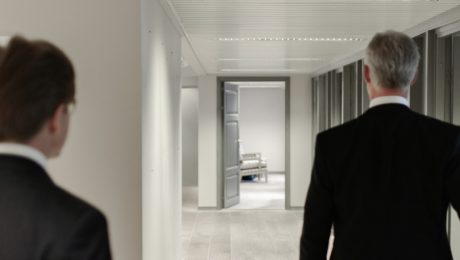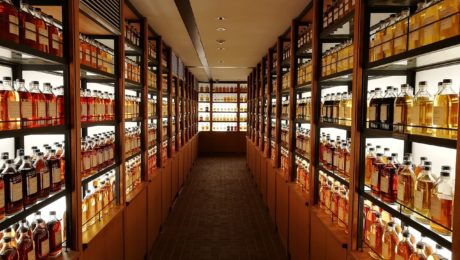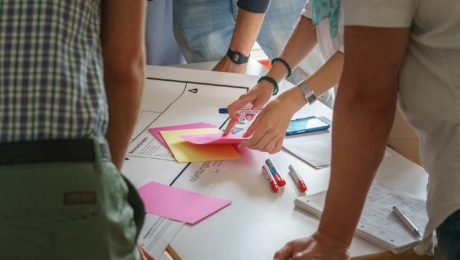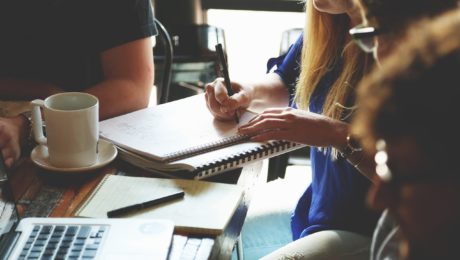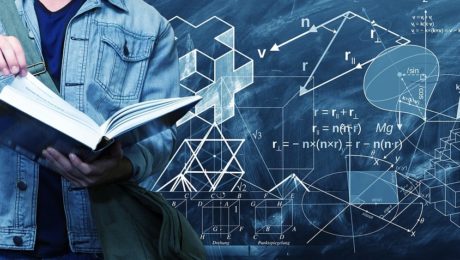Digitalization does not leave any company untouched. The consulting industry also has to face new challenges.
In a one-day workshop, I worked with company representatives on the topics of collaboration, digital transformation, new work and technologies.
The conclusion: A new approach to projects and the revision of existing work structures within the company.
The issue of skills shortages is an important one for many industries. The recruiting market is changing more and more and requires new impulses and technologies.
In this one-day workshop I developed innovative and new ways of approaching candidates together with representatives of the human resources department. From the optimization of existing recruitment processes to the use of current innovation technologies, all Candidate Journey processes were examined and optimized in detail.
The result: a completely new understanding of recruiting and new strategies for the application process using innovative technologies and methods.
Regional alcoholic drinks are associated with emotion and passion. But how can these elements be optimally transferred into your own communication and positioning strategy? Together with a team of marketing and branding experts, I was able to devote myself to the repositioning of an award-winning distillery company.
With regional ingredients and an idyllic location, the future brand strategy was almost obvious and yet each employee looked at the company with different eyes and positioned it differently on each communication channel. That’s where we came in. In a six-month consultation, we identified our own perception of the distillery and compared it with the opinions of customers, suppliers and partners through a comprehensive empirical survey. By combining the market research data with methods such as the Limbic Map, the positioning matrix and the Brand Egg, we developed a completely new positioning strategy for the company, according to which they could align their entire communication in future.
We concentrated not only on the web presence, but also on trade fair and event strategies as well as product design. The result was a positioning guide with all the central touch points of the (potential) customer.
The result: In order to be able to communicate really purposefully, all representatives of the company need a uniform self-image; from the managing director to the working student.
The future belongs to the platform economy. Facebook, Airbnb or Google show how important a networked and collaborative exchange is today. For this reason, more and more start-ups are looking for potential in the working world of the future.
Collaboration is a particular focus here. With a young founding team, I optimized and refined the business model of their platform, which dealt with the future of work, over the course of a year.
From the observation, i.e. the identification of the best potentials on the market and with the later user, to the customer interview, I accompanied the founders on their way to the business model. The findings were collected and discussed and recorded in weekly meetings. Based on the customer surveys and market research, the next step was to develop the business model and define the USPs. On this basis, the first digital prototypes and discussions with partners were conducted.
The result: The group dynamics and the constant view of the customer’s needs have shaped the company’s platform further and further and allowed the business model to mature.
In the course of a Future Ideation Workshop I went with the participants on a search for the potentials in the field of Digital Health. The aim was to show the company the potential of megatrends and technologies and to generate new ideas to modernize and expand the business model.
After an initial definition of the basic characteristics of the company and the industry, the next step was to defuse the individual trends. What are the advantages and disadvantages of movements such as urbanisation, networking or the Sharing Economy? The workshop participants researched and discussed the potential of the trends and finally combined them with the previously defined characteristics of the company and the industry.
This remixing process resulted in completely new ideas that can be quickly applied to the business model based on the megatrends.
The result: New ideas, which in the next phase went into prototyping and long-term conception, thus redesigning and modernizing the business model.
How to survive in the flooded market of coaches? You have to stand out and go a creative and different way. While most trainers and coaches emphasize their skills, performance and certificates, few respond to the actual recipient of their messages – the client.
Together with a client, we therefore developed a completely new, digitally-supported placement. From the web presence to social media to the development of new potential target groups and markets, we turned the entire business model upside down and thought once in a different direction. We asked ourselves what was going on in the head of the company that needed coaching or training, what pain points it felt and how we could help these companies. The placement of the added value and the personal and real communication were the key to success here.
The result: A completely new self-image and an innovative, contemporary and appealing positioning, which makes the company stand out in the thicket of other coaches and consultants.
What does the digital future of education look like? What role will teachers play and how can technologies help pupils learn?
These are the questions I am asking myself with a group of about 40 teachers at an Education 2030 workshop. The task was to develop an innovative learning journey that would enable learners to mix technological and social change.
As a basis, the teachers were given an overview of the opportunities and possibilities of current trends in the form of an impulse lecture. From megatrends, such as health or algorithmization, to technological developments in virtual reality, augmented reality, artificial intelligence and wearables.
In direct exchange with teachers from 26 different countries, I went in search of the potentials of trends and started the development of a Future Learning Journey with the individual groups.
The results were impressive. From virtual tutors who helped the students solve complicated problems to wearables that optimize the students‘ daily routine and make it more efficient, it was all there. Each workshop team independently developed a future-oriented journey for the student in 2030. From getting up to going to bed, always with an eye to the optimal mix of analog and digital learning experience.
The result: The teachers want to break new ground in their lessons and start with first prototypes and experiments at their schools. Always with a view to people and the sustainability of the new technologies, as they emphasized.
